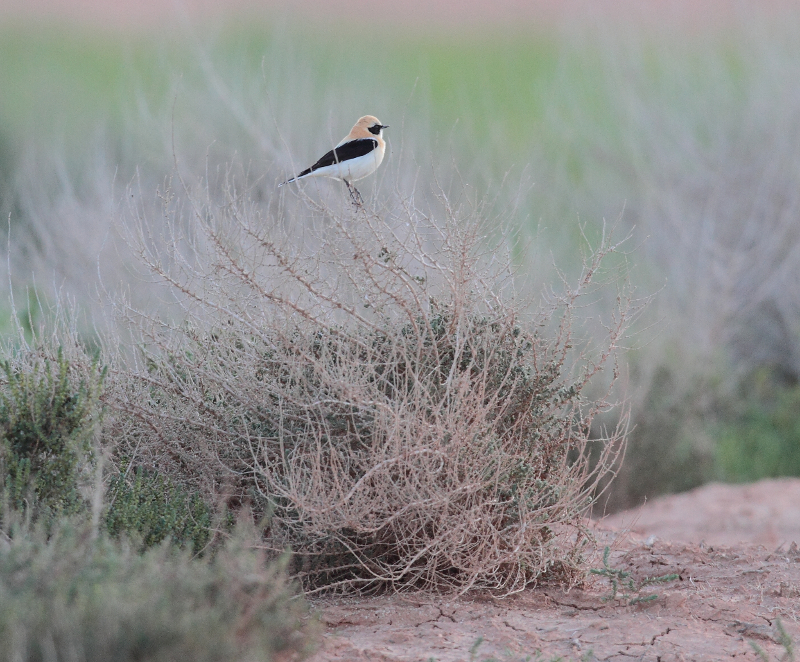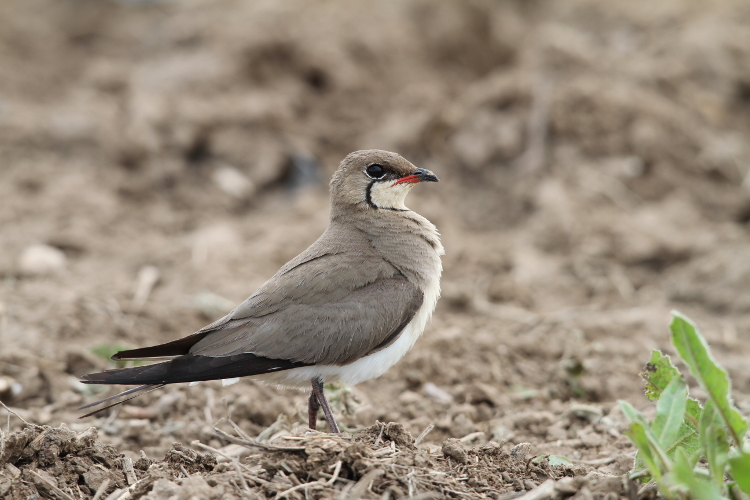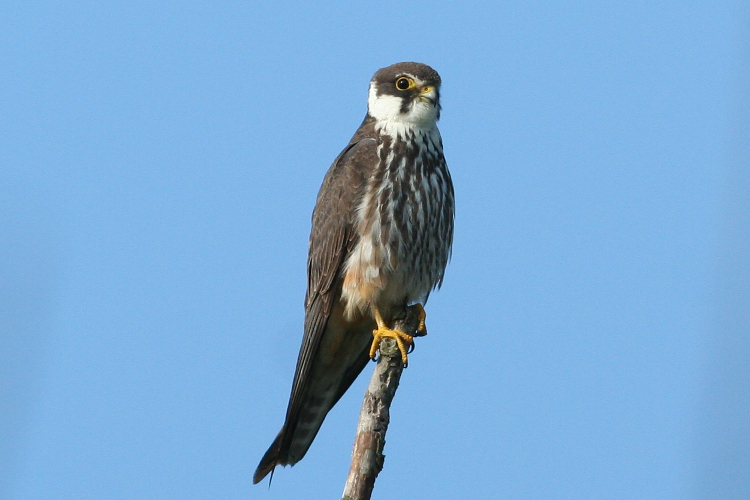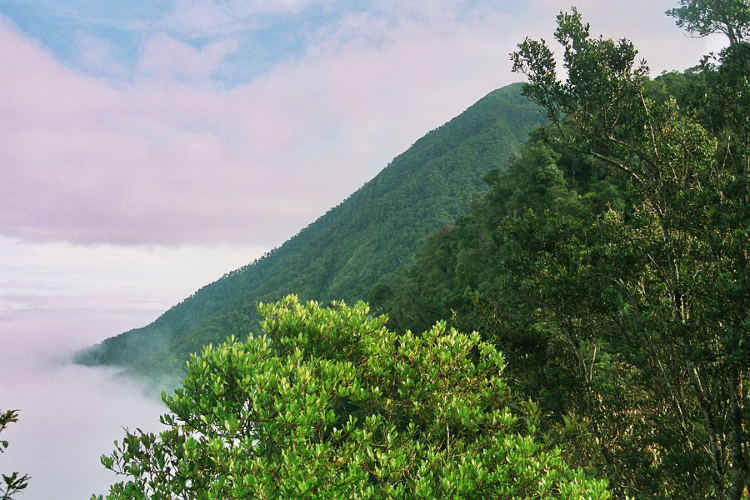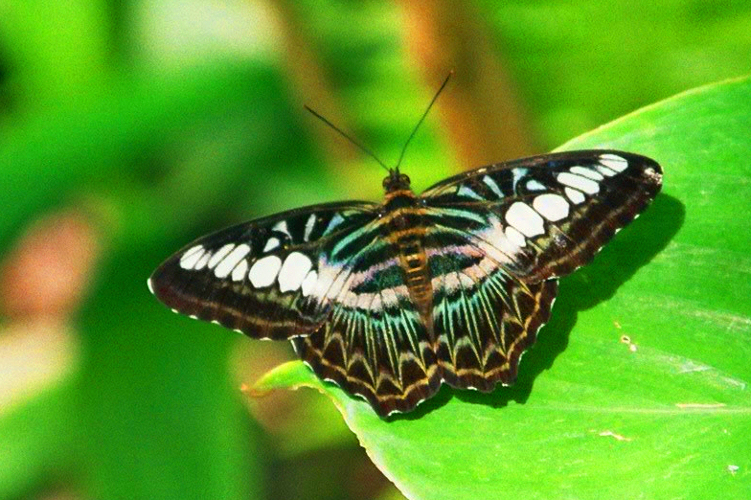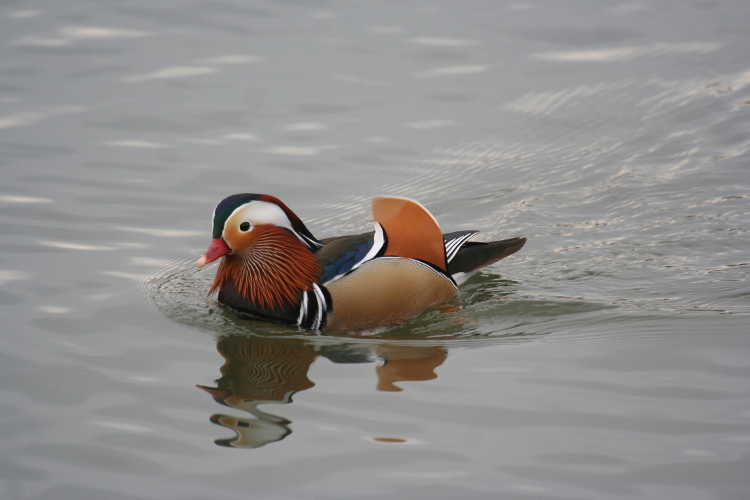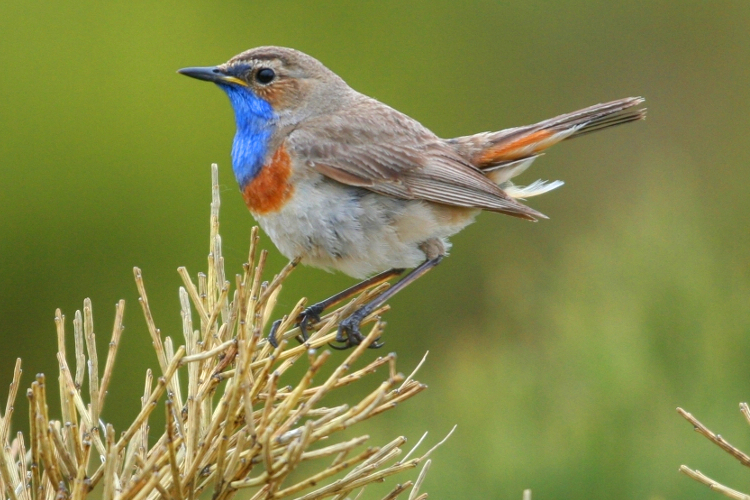LINKS



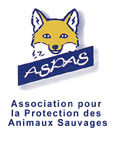

Ayuwat Jearwattanakanok's photo gallery
ouessant-digiscoping
Montier's photo-festival
Mike Watson's blog-page on birds
IOC World bird list
Birds of the World
www.wikiaves.com
orientalbirdclub
www.ornitho.lu
www.ornitho.fr
www.ornitho.ch
Guislain Simard's macro-photo
jewel-beetles
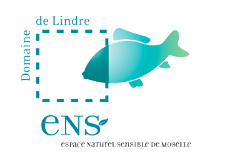




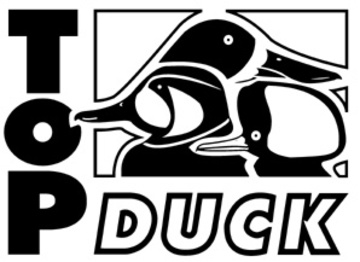
NEWS FROM CATALONIA & ARAGON, SPAIN, SPRING 2019: THE EBRO DELTA AND ORNITHOLOGICAL RESERVE OF EL PLANERON
Catalonia owns two major sites for birdwatching, first of all is the Aiguamolls reserve, a wetland zone located close to french boundary in the north-east Spain, second one (and the largest) is Ebro Delta (in spanish: Delta del Ebro), located between Barcelona and Valencia, near the town of Amposta; this wide zone has no defined delimitation, it surrounds the mouth of the river Ebro and is largely covered by rice plantations, offering good places for many water-birds.

The most interesting part of the reserve is located at the end of the delta, while going towards the beaches but it should be noticed that the access to the island of Buda, which is located inside the mouth of the river remains prohibited to the public; such restriction may appear to be frustating but this situation allow the ecosystem to remain intact and to evolve and flourish without suffer disturbance which should impact his good balance; a great thank to spanish autorities who understood the benefit to create or preserve such natural zones.
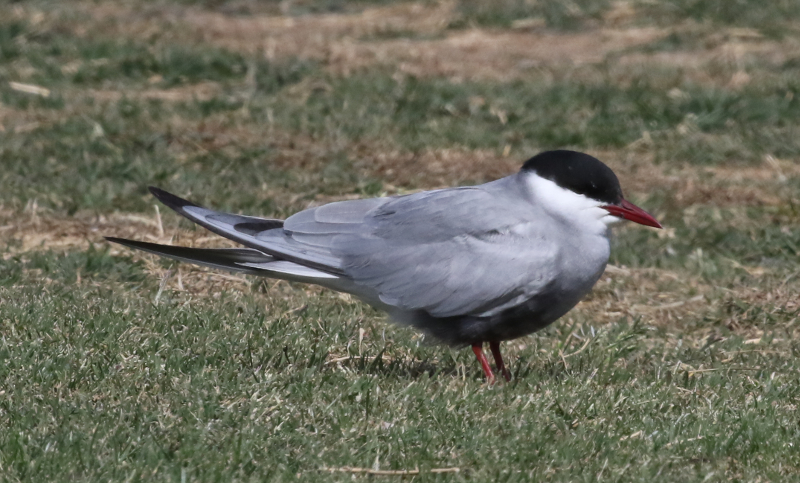
whiskered tern
To make succeed such projects of creation or preservation of natural spaces is not always so easy to perform because this implies to counter the increasing pressure of farmers or promoters (and this often covered by political officials or lobbies) who often don't understand the benefit to withdrawexploitable zones by converting them into naturel ones that "are useless"; but this is precisely all the paradox of such situations, where such actions appear useless but necessary to counter the misdeeds of excessive practices such intensive farming (with abusive usage of pesticides), modification of the structure of grounds, numerous pollutions, and so on... Thus I spent a whole day at the beginning of May 2019 in the reserve where I could admire quantity of water birds, seagulls, stilts, terns, sandipers, herons and so on…
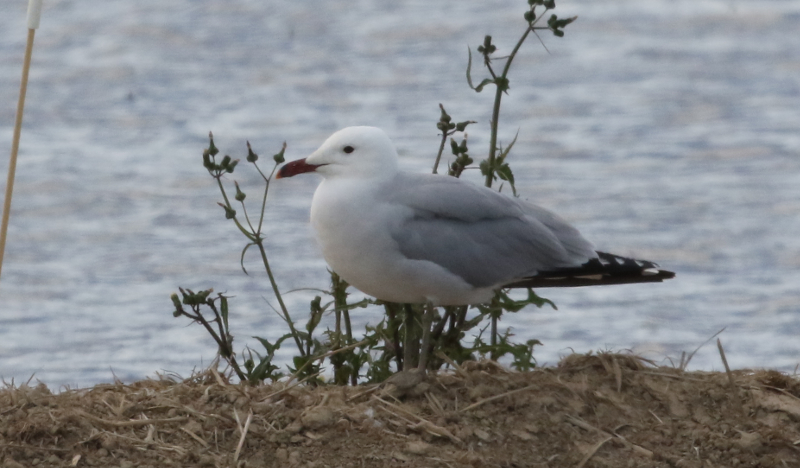
Audouin's gull
Most of them take benefit from the low-depth water-plan provided by rice plantations; some local specialties can be there observed like the Audouin's gull, a typical mediterranean specie, very common in all the wetlands; the slender-billed gull is also present but much less numerous. Among the other marine birds of the reserve, I could observe the wiskered tern (very common), the european herring-gull as well as other species of gulls and terns; the purple heron, the collared praticole, the common ringed-plover, the purple swamphen and the cattle egret are also observable in the reserve.
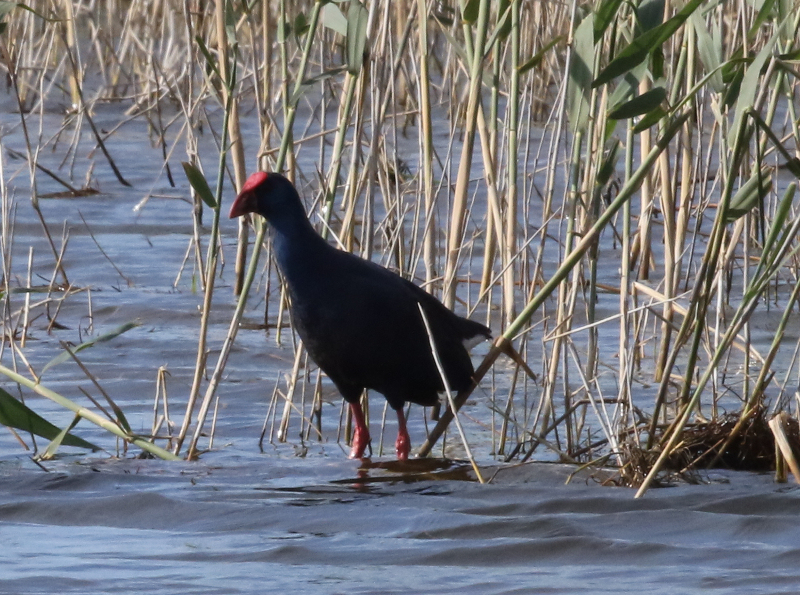
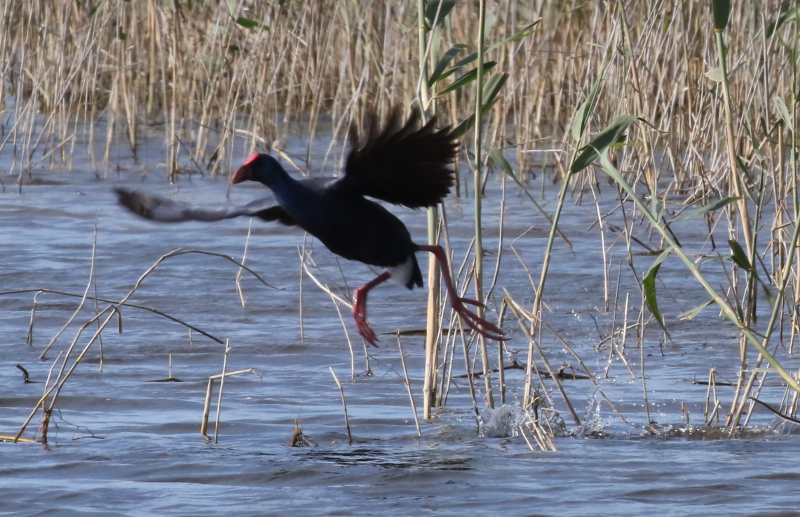
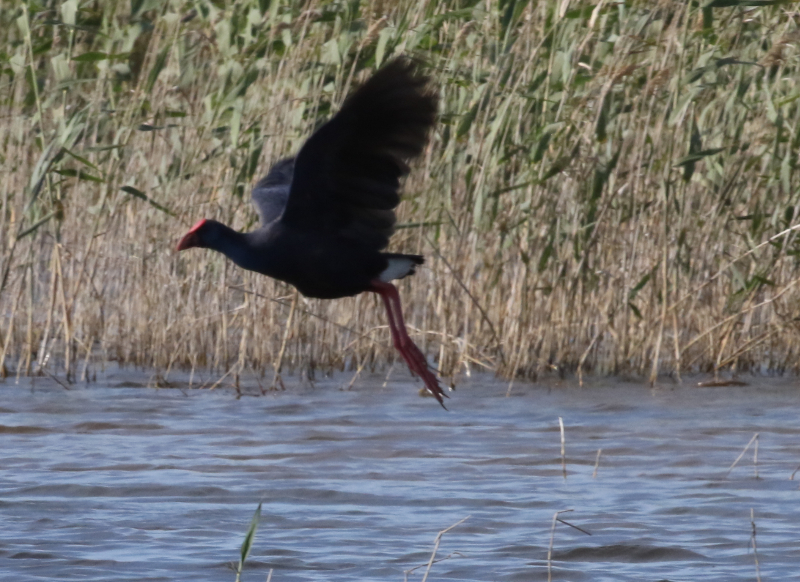
purple swamphen
My travel in Spain, for this spring 2019 ended in a short stopover in the reserve of El Planeron located at about thirty kilometers in the south of Zarragoza in Aragon; this bird sanctuary is isolated an enough place which unfortunately undergoes an increasing pressure on behalf of the surface cultivateds.
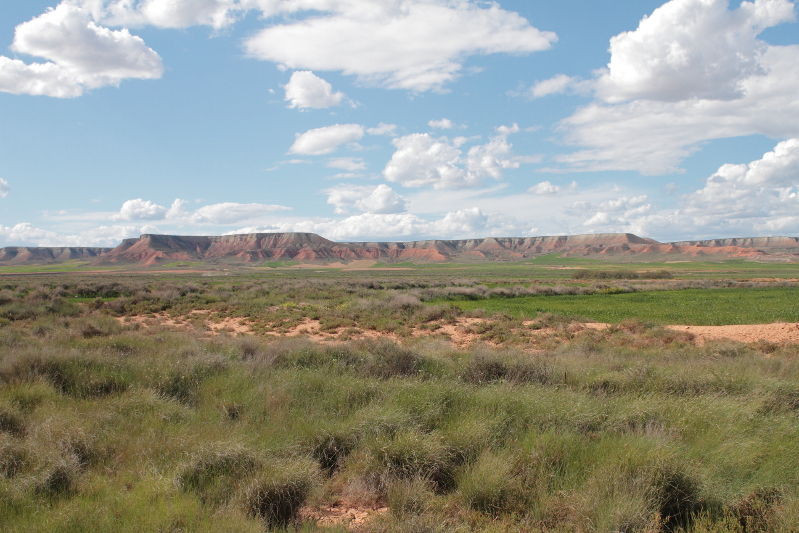
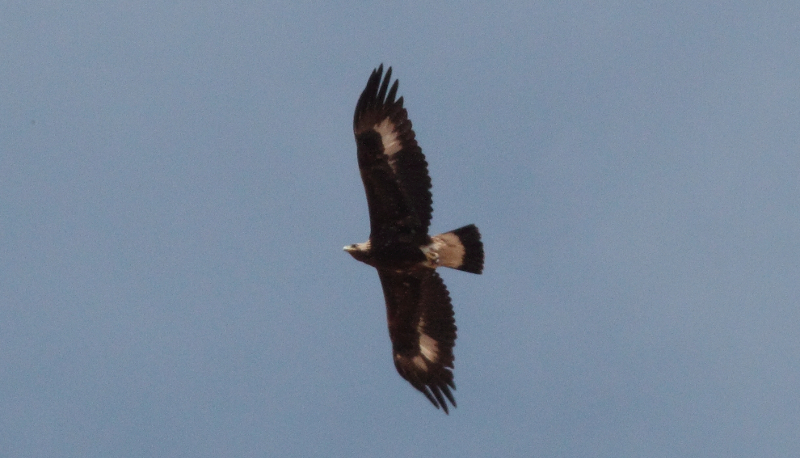
I had already visited this place in 2016 and I noted that since, of the wind mills were installed in the sector of Belchite and some of them are from now on visible since nature reserve: it is not frankly a gift in term of esthetics of the neighbourhoods.
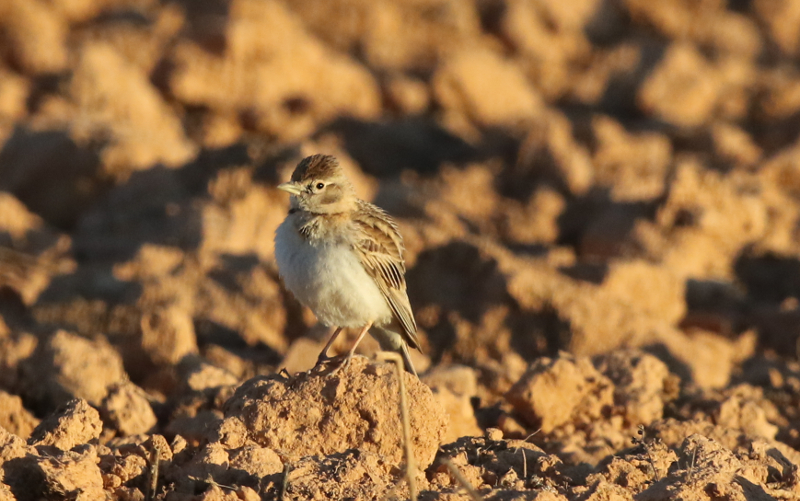
greater short-toad lark
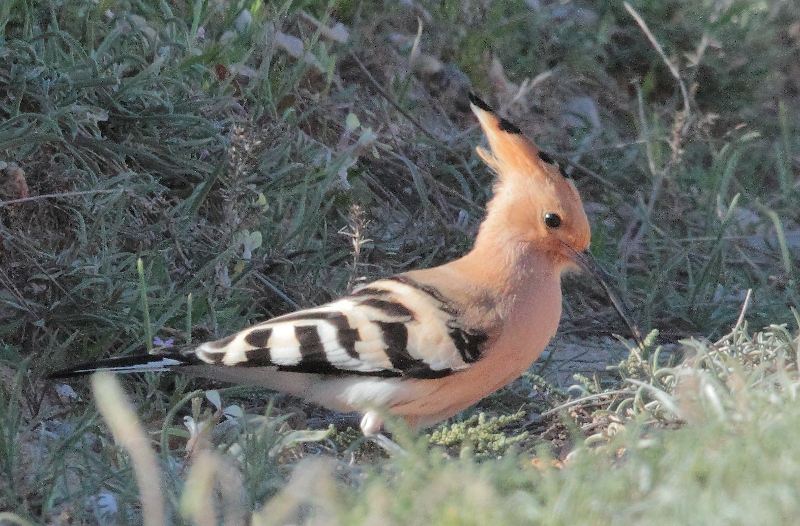
european hoopoe
The reserve of El Planeron provides a habitat of the semi-arid type habritant a large variety of birds of which several species of larks (from which the Dupont's lark, elusive, but his song were heared at the beginning of May), some raptors from which the golden eagle which can find an good opportunity to hunt many rabbits that one sees running around, the stone-curlew, the little bustard, the pin-tailed sandgrouses (often early observed the morning and in evening), the great spotted cuckoo, the european hoopoe, etc
